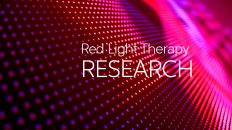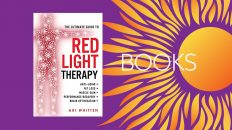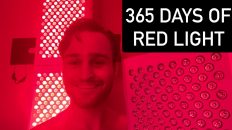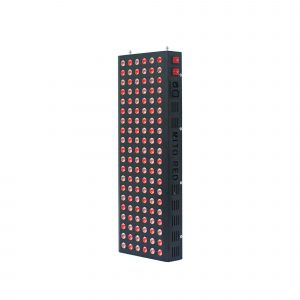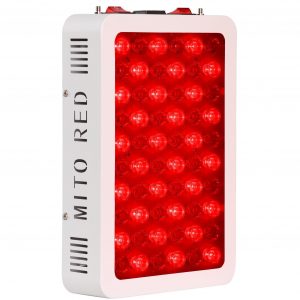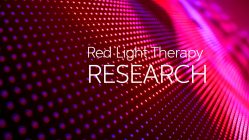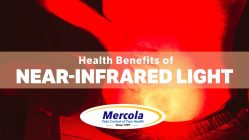In this interview by Dr. Joseph Mercola, Ari Whitten, author of “The Ultimate Guide to Red Light Therapy,” reviews the mechanics and basic benefits of red light and infrared light.
Whitten, who has a degree in kinesiology, exercise science and movement science, has studied natural health, fitness and nutrition for over 20 years. He’s been a personal trainer, health coach and nutritionist for many years, and went on to do a Ph.D. program in clinical psychology.
• Red and near-infrared light are a subset of natural sunlight, which actually acts and has value as a nutrient
• Red light and near-infrared light therapies are ways to get some of the benefits of natural sunlight. These therapies may be particularly beneficial for people who aren’t getting enough natural sunlight exposure
• Cytochrome c oxidase, photo receptors on your mitochondria, capture photons of red and near-infrared light. The most effective wavelengths that activate this system are in the 600 to 700 nanometer and the 800 to 1,000 nanometer ranges. In response to light photons, your mitochondria will produce energy more efficiently
• Another mechanism of action is related to the benefits of hormesis and the transient spike in reactive oxygen species. That burst of reactive oxygen species creates a cascade of signaling effects that stimulate the NRF2 pathway and heat shock proteins
• A third mechanism of action involves retrograde signaling and the modulation of gene expression. Red and near-infrared light therapy activates genes involved in cell repair, cell regeneration and cellular growth, depending on the tissue


